Conifer forests of the taiga biome
Click on image for full size
Image courtesy of Mikhail Dronov of Tomsk in southwestern Siberia
The Taiga Biome
“Taiga” is a Russian word meaning dense evergreen forest. The taiga biome, the largest biome on land, is full of dense evergreen forests. Located just south of the tundra in the northern parts of Europe, Asia, and North America, these forests of conifer trees are also known as boreal forests.
It is very cold and snowy in the taiga during winter, with below freezing average temperatures. While it is not uncommon for temperatures to dive below freezing during the summer as well, it is generally warmer then. Days are long during summer in the taiga, ice thaws, snow melts, and it is often rainy.
Conifer trees like spruce and fir thrive in this climate. The trees grow close together. This protects them from cold and wind. Their dark color makes their albedo low and they absorb solar energy readily, keeping them a bit warmer. There are a few deciduous tree species that can live in the taiga as well including birch and aspen, but they are not common.
Many animals make their home in the taiga for at least part of the year. Some stay year-round. In the summer, birds and insects are abundant. Many bird species migrate to the taiga and breed and nest there during summer. Other birds, such as sparrows and crows, stay in the taiga year-round. Mammals include herbivores like rabbits and voles as well as carnivores such as lynx, wolverines, and bobcats.
Last modified October 23, 2008 by Lisa Gardiner.
You might also be interested in:
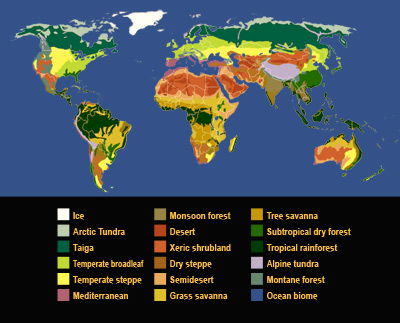
Biomes are large regions of the world with similar plants, animals, and other living things that are adapted to the climate and other conditions. Explore the links below to learn more about different biomes.
...more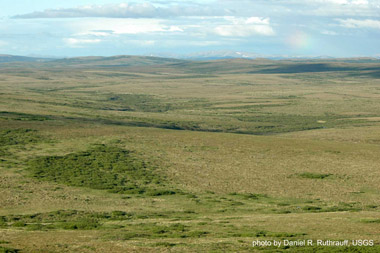
In the very cold places of the world, survival isn't easy. The soil is frozen, its top surface thawing only during summer, and no trees can grow. Yet plants and animals that are adapted for the harsh
...more
The climate where you live is called regional climate. It is the average weather in a place over more than thirty years. To describe the regional climate of a place, people often tell what the temperatures
...more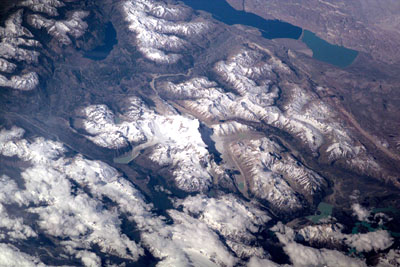
This picture of the Earth surface was taken from high above the planet in the International Space Station. In this view from above, we can see that there are lots of different things that cover the Earth.
...more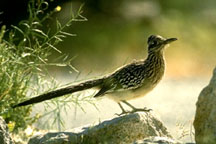
Like the other creatures of the desert, birds come up with interesting ways to survive in the harsh climate. The sandgrouse has special feathers that soak up water. It can then carry the water to its
...more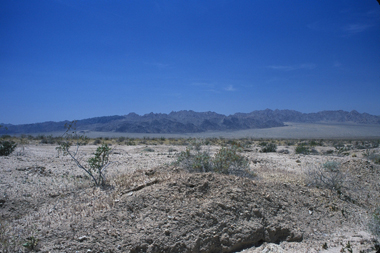
Deserts are full of interesting questions. How can anything survive in a place with hardly any water? Why is it so dry to begin with? You can find at least one desert on every continent except Europe.
...more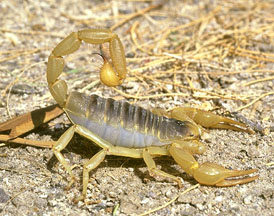
You can find insects almost anywhere in the world. So it should be of no surprise that there are plenty of insects in the desert. One of the most common and destructive pests is the locust. A locust is
...more















